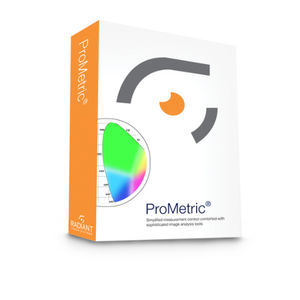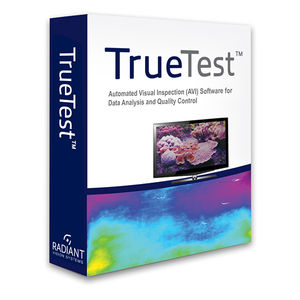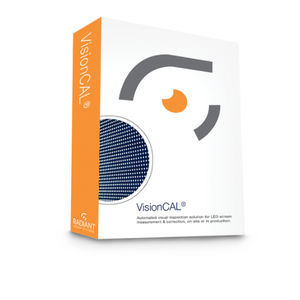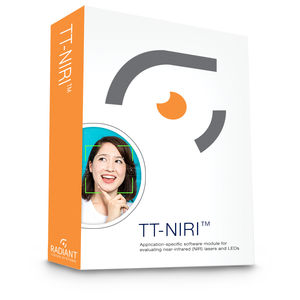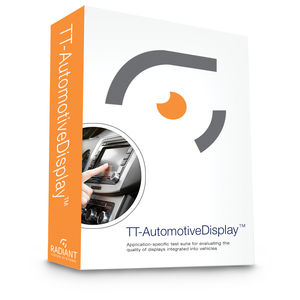
- Software - Simulation
- Software
- Test software
- RADIANT VISION SYSTEMS

- Products
- Catalogs
- News & Trends
- Exhibitions
Data management software PM-HL™data collectiontestquality
Add to favorites
Compare this product
fo_shop_gate_exact_title
Characteristics
- Function
- data management, data collection, test, quality, data analysis, measurement, image analysis, design, automation, for maintenance
- Applications
- for the aerospace industry, for additive manufacturing
- Type
- real-time, 3D, 2D
Description
Today’s headlights include smart illumination, adaptive systems like matrix LED- or laser-based systems, and other technology that dynamically illuminates roadways while meeting the requirements of national safety regulations. Because they distribute light over a large spatial area, with specific and sometimes changing geometries, headlamps must be tested against several visual criteria to ensure proper illumination at all settings.
An efficient method for evaluating headlamp performance is to project the light source onto a wall or screen and use a connected imaging colorimeter to capture the entire illumination distribution in a matter of seconds. The complete lighting assembly can then be analyzed in a single image using a number of user-defined criteria in Radiant’s PM-HL™ software module, designed specifically for headlamp evaluation.
Headlight evaluation standards require that a headlamp emit light in specific ways to produce acceptable beam patterns. This evaluation is used both to ensure the effectiveness of the lamp for illuminating the roadway within nationally regulated tolerances, and the quality of the light produced according to internal standards. When the headlamp beam is projected from a known distance onto a flat surface (Lambertian wall or screen), illuminance measurements are taken at physical locations along the plane of the wall to ensure the beam pattern is projected according to standard specifications.
In the past, a common method for measuring these points was to use a handheld illuminance meter to manually test each point on the wall.
Related Searches
- Software for the aerospace industry
- Real-time software
- Process software
- Maintenance software
- 3D software
- Test software
- Tracking software
- 2D software
- Measurement software
- Data acquisition software
- Image analysis software
- Data collection software
- LIDAR software
- Spark optical emission software
- Augmented reality software
- Data display systems software
- Advertising software
- Additive manufacturing software
- Programming software library
- Software library
*Prices are pre-tax. They exclude delivery charges and customs duties and do not include additional charges for installation or activation options. Prices are indicative only and may vary by country, with changes to the cost of raw materials and exchange rates.


